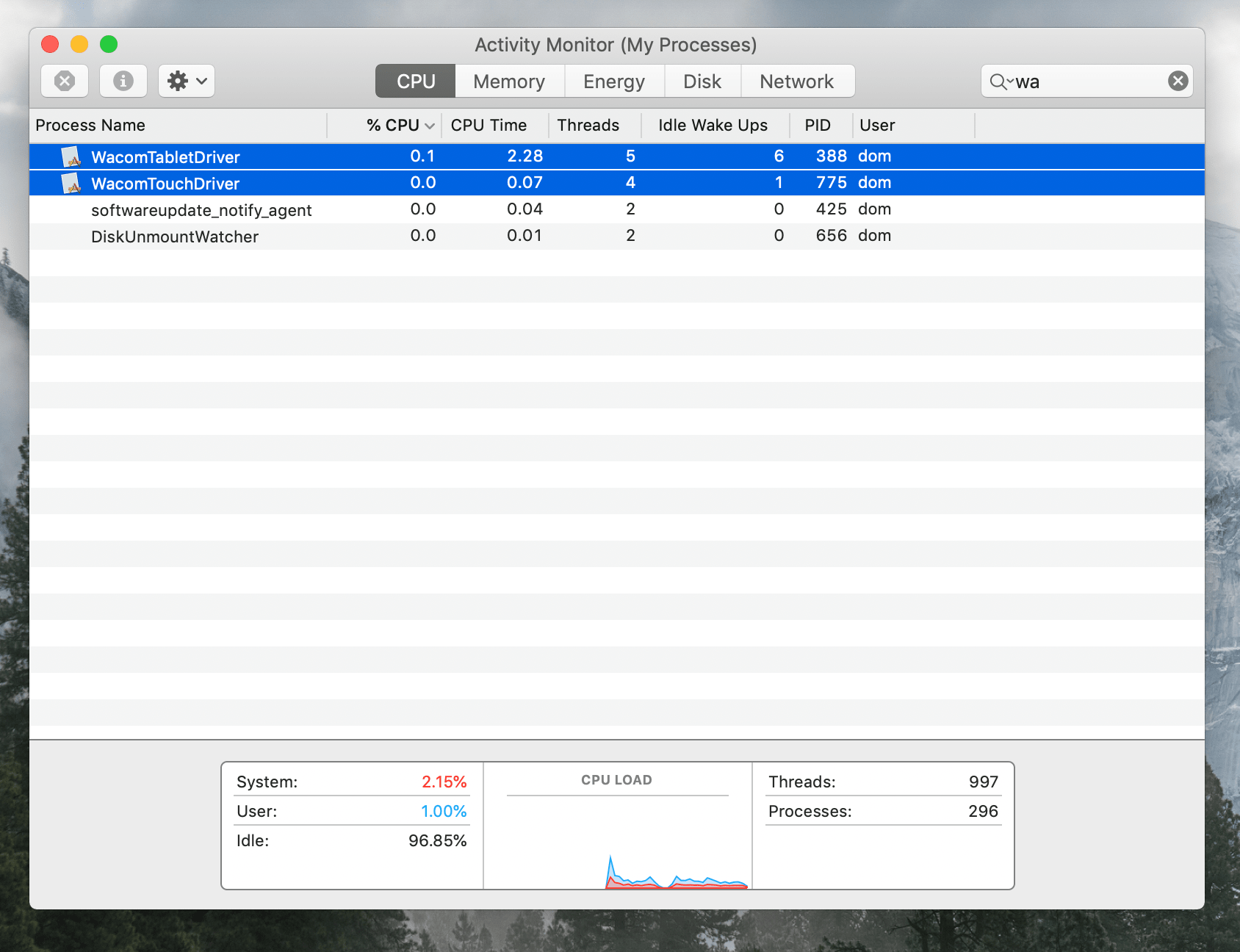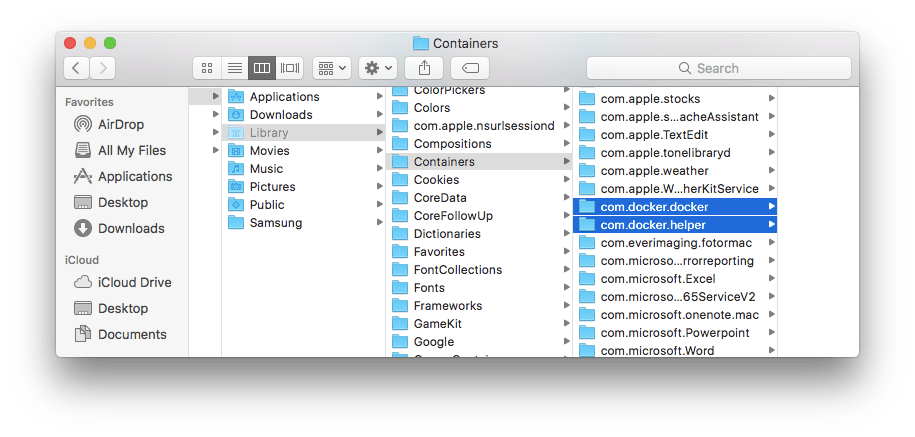Mac Delete Library Container
Oct 07, 2019 How to free up storage space on your Mac Save space by storing your content in iCloud or using built-in tools to find and remove large or unneeded files. Optimized Storage in macOS Sierra and later. can save space by storing your content in iCloud and making it available on demand. Dec 29, 2016 Others might have a view but they were deleted safely and my Mac was fine. IIRC, there were two locations where these files were found: 1) System Library (for macOS system) 2) User Library (for user) I've found the 'User Library' but is the 'System Library' something different? Mar 19, 2020 Large Log files in /Library/Group Containers I'm getting really large files with names very similar to: MicrosoftShipAssertLogONMC15599.txt in the Group Containers folder within my Library. The files are quite large, and quickly ballooned up to 15GB in size.
Any user with the Service Administrator role can perform this task.
Here’s how to use it:Open your home folder (/Users/ yourusername) in the Finder. (I came up with—no joke—.) But in Mavericks and Yosemite, Apple has made the task much more convenient, providing an easily accessible setting for toggling the visibility of your user-level Library folder. The setting you need to knowIf you’re still running Lion or Mountain Lion, making the /Library folder requires a little bit of work. Principle for mac libraries. Depending on your Finder settings, this may be as easy as simply opening a new Finder window.
You can delete containers by using the following interfaces:| Interface | Resources |
|---|---|
Web Console (Not available on Oracle Cloud at Customer) | See Deleting a Container Using the Web Console. |
RESTful API | See Delete Container in REST API for Standard Storage in Oracle Cloud Infrastructure Object Storage Classic. |
Java Library | See It seems so, doesn’t it? My mac library. But in Lion, Apple has made the folder invisible. But rest assured, your personal Library folder is right where it’s always been, at the root level of your Home folder. The reason for this move is presumably that people unfamiliar with the inner workings of Mac OS X often open /Library and start rooting around, moving and deleting files, only to find later that programs don’t work right, application settings are gone, or—worse—data is missing. |
File Transfer Manager CLI | See Deleting Containers in Command-Line Reference for Oracle Cloud Infrastructure Object Storage Classic. |
File Transfer Manager API | See |
For information about deleting multiple objects in a container in a single operation, see Bulk-Deleting Objects.
Deleting a Container Using the Web Console
(Not available on Oracle Cloud at Customer)- Sign in to the Oracle Cloud Infrastructure Object Storage Classic console.
The list of containers is displayed.
- Identify the container that you want to delete.
- Click delete on the left side of the container name.
The delete button is displayed only for empty containers.
The following message appears:
Are you sure want to delete this container?
- Click OK.
The container is deleted.
Deleting a Container Using the REST API
All objects within a container must first be deleted before the container can be deleted. To find out whether a container contains any objects, send a HEAD request to the container URL.
cURL Command Syntax
Mac Delete Key
tokenis the authentication token obtained earlier from Oracle Cloud Infrastructure Object Storage Classic. See Authenticating Access When Using the REST API.- For the syntax of
accountURL, see About REST URLs for Oracle Cloud Infrastructure Object Storage Classic Resources. containerNameis the name of the container to be deleted.
Note:

When you send a REST API request to Oracle Cloud Infrastructure Object Storage Classic, all non-ASCII characters in container names, object names and metadata values must be URL-encoded. For example, my container should be encoded as my%20container, where %20 is the HTML encoding for the space character. Similarly, my Über Container should be encoded as my%20%C3%9Cber%20Container, where %20 represents the space character and %C3%9C is the Ü character.

HTTP Response Codes
- Success:
204 No Content - Failure: See Error Code Reference for Oracle Cloud Infrastructure Object Storage Classic
cURL Command Examples
Sample Cloud account with the following details:- Account name:
acme - REST Endpoint URL:
https://acme.storage.oraclecloud.com/v1/Storage-acme - REST Endpoint (Permanent) URL:
https://storage-7b16fede61e1417ab83eb52e06f0e365.storage.oraclecloud.com/v1/Storage-7b16fede61e1417ab83eb52e06f0e365Note:
The REST Endpoint (Permanent) is displayed for the accounts created after November 2017.
Mac Delete Library Container Tracking
- Using the REST Endpoint URL obtained from the REST Endpoint field:The following is an example of the output of this command:
- Using the Service Permanent REST Endpoint URL obtained from the REST Endpoint (Permanent) field:
Note:
This cURL command example applies to the accounts created after November 2017.The following is an example of the output of this command: